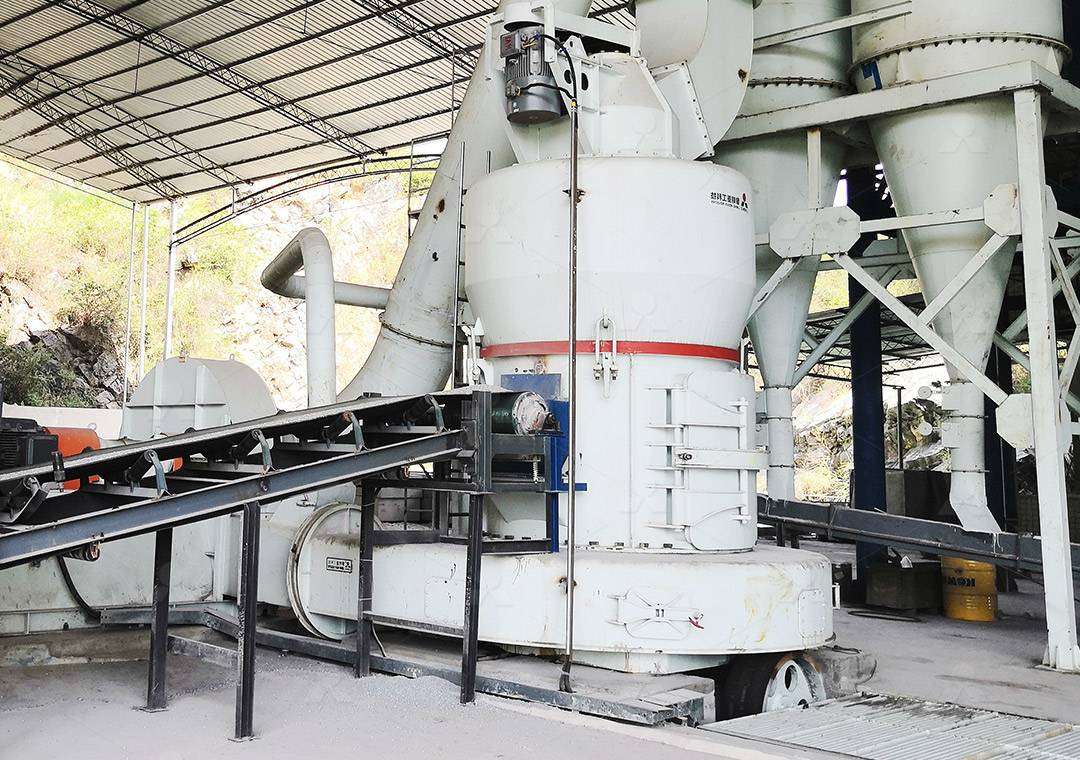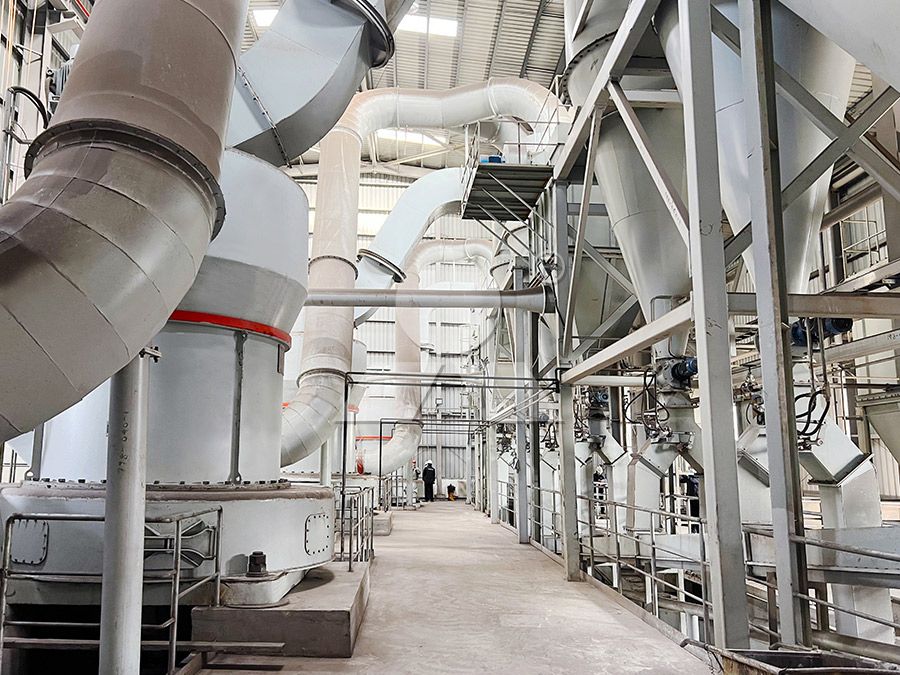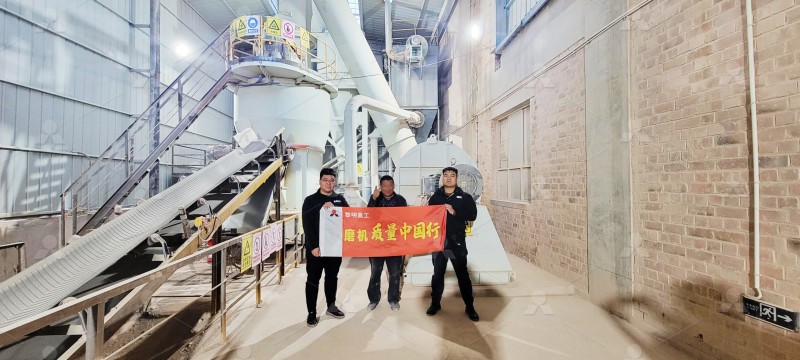Ceramic Pepper Grinder Mill: Lifetime Performance with CrushGrind Mechanism
Ceramic Pepper Grinder Mill: Lifetime Performance with CrushGrind Mechanism
For culinary professionals and home cooks alike, the quest for the perfect pepper grinder ends with understanding one critical component: the grinding mechanism. While most discussions focus on kitchen tools, the engineering principles behind superior grinding performance share remarkable similarities with industrial milling equipment. The CrushGrind mechanism, renowned for its ceramic construction and lifetime durability, operates on principles that mirror advanced industrial grinding technology.

What makes ceramic grinding mechanisms exceptional is their ability to maintain sharpness indefinitely without corroding or absorbing flavors. This permanent sharpness ensures consistent particle size distribution – a principle that industrial grinding mills optimize through sophisticated engineering. Much like how professional mills require precise control over fineness and throughput, a quality pepper grinder must deliver uniform particle size for optimal flavor release.
The Engineering Behind Consistent Performance
Industrial grinding mills achieve remarkable consistency through advanced powder separation technology and precision machining. Similarly, the CrushGrind mechanism utilizes precisely engineered ceramic teeth that create uniform particle sizes without generating heat that can compromise flavor compounds. The mechanism’s design prevents the common issue of clogging that plagues inferior grinders, ensuring smooth operation year after year.
This reliability stems from the same principles that guide our industrial milling equipment. For operations requiring ultra-fine powder production with exacting specifications, our MW Ultrafine Grinding Mill represents the pinnacle of grinding technology. With an adjustable fineness between 325-2500 meshes and capacity ranging from 0.5-25 tph, this machine demonstrates how advanced engineering solves fundamental grinding challenges across scales.

Durability Through Material Science
Ceramic grinding mechanisms outperform traditional steel counterparts through superior hardness and corrosion resistance. This material advantage translates to industrial applications where grinding components must withstand continuous operation without degradation. The absence of rolling bearings and screws in critical grinding areas – a feature of our MW Ultrafine Grinding Mill – eliminates common failure points, much like how ceramic mechanisms avoid the rust and wear that plague metal grinders.
For larger-scale operations processing materials like limestone, calcite, or dolomite, our LUM Ultrafine Vertical Grinding Mill incorporates German powder separating technology and Taiwan grinding roller innovations to deliver exceptional efficiency. With capacity of 5-18 tph and input size of 0-10 mm, this equipment embodies the same commitment to precision and reliability that defines the best culinary grinding tools.
Environmental Considerations in Grinding Technology
Modern grinding equipment, whether in industrial or culinary applications, must address environmental impact. The sealed design of premium pepper grinders that prevents spice dust from escaping mirrors the efficient pulse dust collectors in industrial mills that eliminate pollution. This attention to containment and cleanliness represents the evolution of grinding technology toward more sustainable operation.

Just as industrial mills now incorporate noise reduction technology and eco-friendly operation, the best pepper grinders achieve quiet, smooth grinding without the jarring noise of poorly engineered mechanisms. This refinement in user experience separates exceptional grinding tools from merely adequate ones.
Frequently Asked Questions
What makes ceramic grinding mechanisms superior to steel?
Ceramic mechanisms never corrode, don’t absorb flavors, and maintain sharpness indefinitely. Unlike steel, they won’t impart metallic tastes to spices and their extreme hardness ensures consistent performance throughout decades of use.
How does the CrushGrind mechanism achieve such consistent particle size?
The precision-engineered ceramic teeth create uniform cutting action without crushing, while the mechanism’s design prevents irregular gaps that cause inconsistent grinding. This mirrors industrial milling principles where exact tolerances ensure product uniformity.
Can ceramic grinding mechanisms handle other spices besides pepper?
Yes, quality ceramic mechanisms effectively grind salt, dried herbs, spices, and even coffee beans without clogging or cross-contamination of flavors, thanks to their non-porous nature.
What maintenance do ceramic grinding mechanisms require?
Beyond occasional cleaning with a dry brush, ceramic mechanisms are essentially maintenance-free. Their self-sharpening properties and corrosion resistance eliminate the need for replacement parts or specialized care.
How does industrial grinding technology relate to kitchen grinders?
The same principles of particle size control, material durability, and operational efficiency apply across scales. Advanced industrial mills and quality kitchen grinders both prioritize consistent output, minimal maintenance, and long-term reliability through intelligent engineering.
